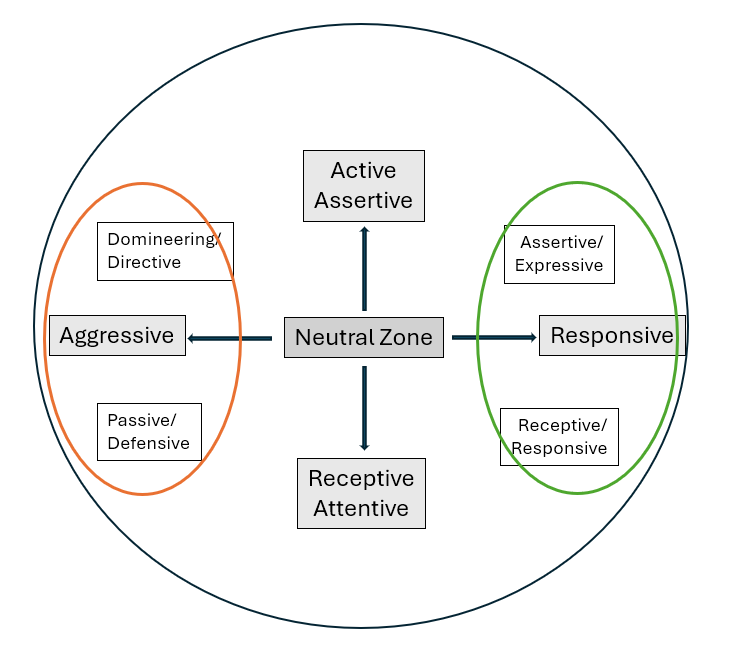Couples usually seek and start therapy because they have not been able to resolve their problems on their own. Their failures are almost never caused by a lack of intellectual ability. In fact, since my work has mostly been with the professional segment of our society, they are usually accomplished professionals. But success in career does not always translate into equally satisfying experience in their personal lives and most prized relationships.
A faulty assumption is that since their communications before seeking therapy have not worked well, their communications outside of sessions in therapy should be limited. You know, save the most sensitive issues for therapy where the therapist can help provide a safer environment for airing their grievances and feeling heard. Okay, in the first week or two that may not be an unreasonable practice, especially when their capacity to self-regulate emotions is sorely lacking.
But generally, I believe that one of the first and most vital skill and strategy areas to address with a couple is how to notice and avert pitched escalation of emotions in interactions between sessions. They will need guidance and some modeling on how to do this, and a simple but compelling mental model can help support their efforts. That’s what I would like to briefly discuss in this article. It is an approach I refer to as meeting in the middle, i.e., in the Neutral Zone.
The Interpersonal Circle: A Mental Model for Deescalating Interpersonal Tensions

Note: The dynamics of interpersonal relations can be conceptualized in terms of where they lie in two-dimensional space. The vertical axis represents an active or receptive role, the horizontal a hostile or warm mood or tone. The area bounded by green is where interaction is most constructive; that bounded by red is where unresolving patterns of conflict prevail.
When tensions arise, the mood and emotions move to the left side of the Circle. What one person intended to be constructive and assertive is heard by the other as judgment, criticism, an effort to dominate rather than dialogue. The speaker is not heard as one interacting from a warm, respectful mood, (the right side of the Circle) but from the more hostile, accusatory tone that characterizes interaction in the left side of the Circle.
When the speaker is heard to be speaking from the upper left side of the Circle, the listener is likely to respond in suit, from the lower left side of the Circle. The message of the speaker was meant to convey information in a neutral to positive tone. Instead, it is perceived to carry a negative tone, one that evokes a negative reaction. Alas, they are then off to the races. What the listener hears as negative will likely pull a negative response, especially if there is history of misunderstandings and resentments that color their ways of hearing one another’s words.
The Interpersonal Circle, which is presented in a simplified form here, suggests that not only does negative pull for negative in communications, but positive pulls for positive. Thus, when we notice the telltale tensions of a “disconnect” arising, we should take it as a cue to do the following:
- Make a process observation, e.g., “I suspect you were trying to be constructive in the way you said that, but that is not how I heard it. Could we pause further discussion of the matter and move to the Neutral Zone and examine what I heard and what you intended to say?”
- Hear each other out now by taking terms (vertical axis) restating or elaborating what you meant to express and allowing the other to ask clarifying questions. Expressing feelings (horizontal axis) can be tricky, hard to find the right words to make our feelings clear.
- Be patient while taking turns so each has a fair opportunity to express themself without feeling rushed. The tone and language we use convey our feelings and attitude. That is at least as important as clarifying the content of the matter at hand (the concrete issue).
- Allow yourself to be moved by what you hear; your partner’s feelings and concerns, and how they might influence your point of view or soften your heart. Be open in the exchange to hear your partner more fully and find common ground.
As with many practical strategies for interpersonal communications, it is always easiest to practice them in situations of lower emotional intensity. So, agree to try out this strategy on issues that are not too hot handle. And when you begin using it in real time, try to notice the tension as it arises and make your process observation early – the world does not need to be on fire. Finally, remember that this is not a competition; either of you can make the process observation.





